Retail in Canada has always been unpredictable. One moment, a store is packed with shoppers, and the next, its doors are locked for good. From homegrown favorites to big international names that couldn’t handle the Canadian market’s quirks, the retail landscape has seen more overnight disappearances than anyone expected. Here are 23 Canadian stores that went out of business overnight.
Target

When Target entered Canada in 2013, expectations were sky-high. The American giant opened 133 stores in record time but quickly found itself overwhelmed. Poor inventory management, half-empty shelves, and higher prices than in the U.S. frustrated customers. Within two years, Target announced its sudden exit, shutting all stores by 2015. The collapse cost more than 17,000 jobs and billions in losses. It remains one of the most dramatic retail failures in Canadian history, teaching retailers that expanding fast without understanding local preferences can be fatal. Shoppers woke up to clearance signs, wondering how such a big name vanished overnight.
Zellers
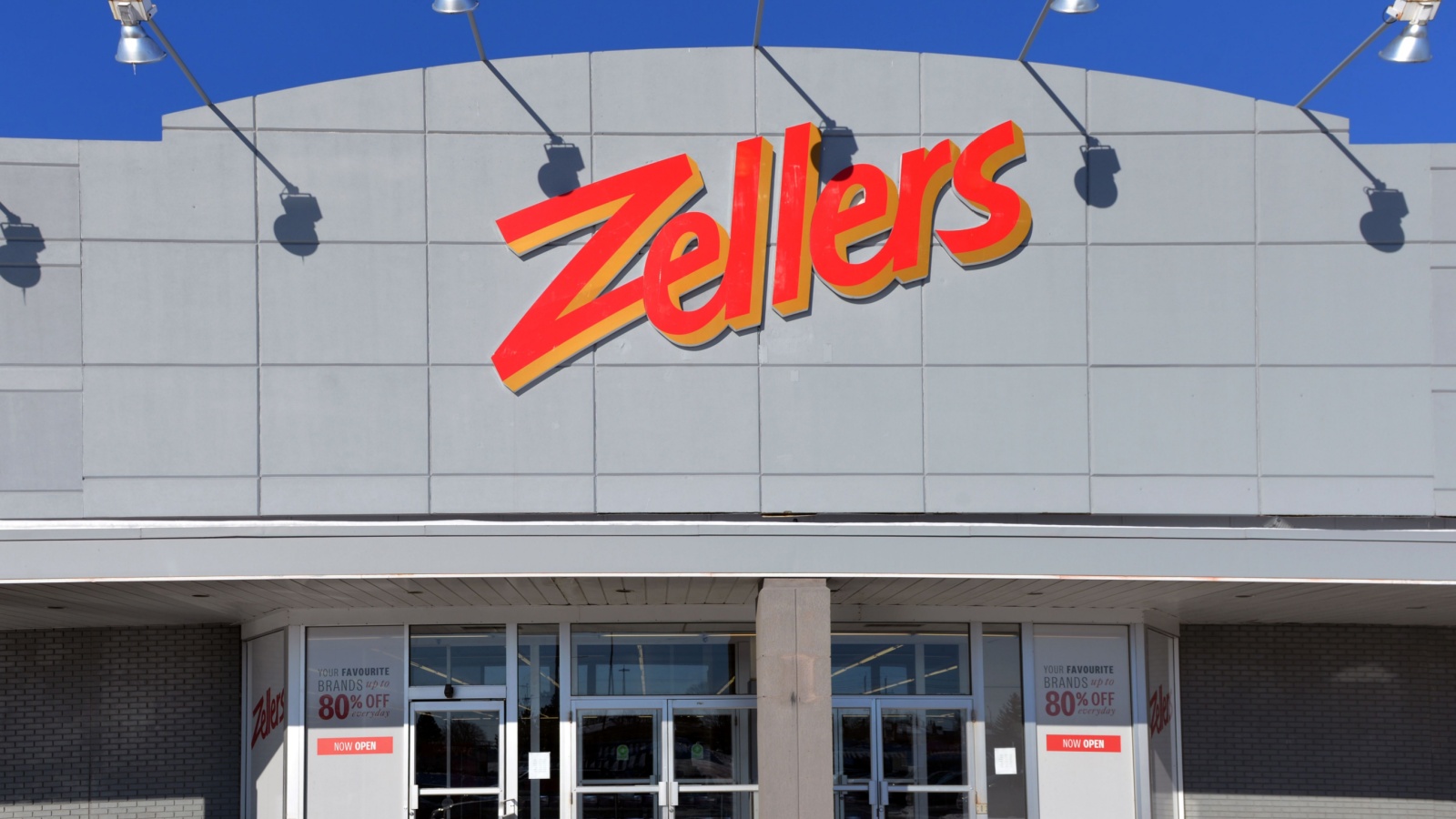
Once the go-to spot for affordable everything, Zellers was a staple of Canadian shopping culture. Founded in 1931, it offered a mix of clothing, home goods, and nostalgic diner meals. But after years of declining sales and increasing competition from Walmart, Zellers’ fate was sealed. In 2011, Target bought most of its leases, and by 2013, nearly all Zellers stores had closed. Some locations briefly reopened under the Hudson’s Bay banner in 2023, but the magic was gone. Its abrupt disappearance symbolized the end of an era when shopping trips included both bargains and banana splits.
Sears
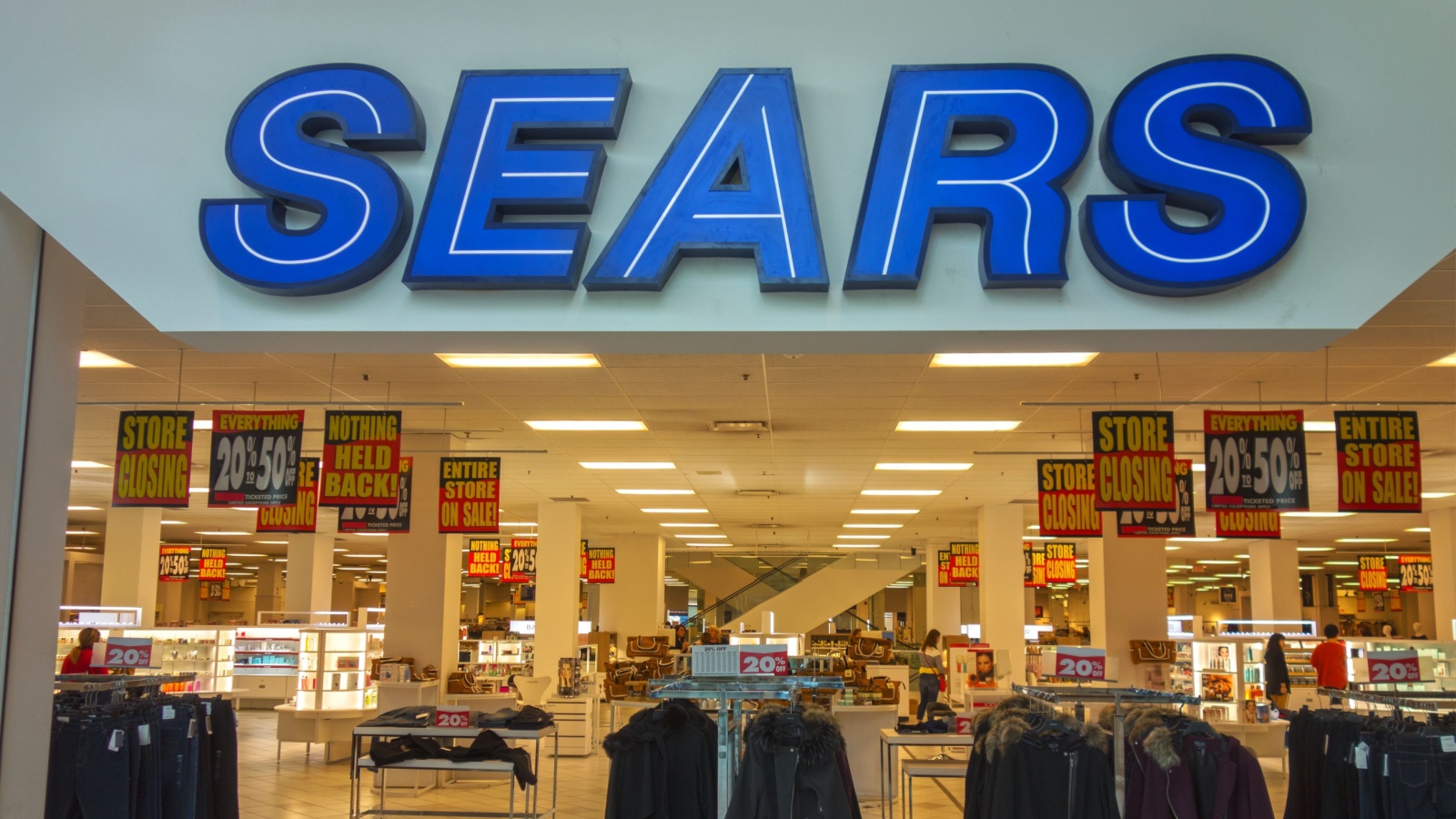
Sears was once synonymous with dependable appliances, stylish catalogs, and Christmas wish books. The chain had over a century of brand loyalty, but declining sales and a failure to modernize led to bankruptcy in 2017. The closure came swiftly, with liquidation sales replacing the familiar blue logo within months. Many employees lost pensions, and mall spaces sat vacant for years. The downfall was shocking, not because it was unexpected, but because it happened so quickly once the financial cracks appeared. Sears’ overnight disappearance reminded Canadians that even legacy brands can vanish without warning.
Jacob

Jacob was a beloved women’s fashion brand that defined mall style in the 1990s and early 2000s. Known for chic, affordable workwear and party dresses, it held a loyal following. But fast fashion giants like H&M and Zara outpaced it. In 2014, Jacob suddenly announced bankruptcy and shut all its stores, citing tough competition and changing shopping habits. Employees were blindsided, and customers were left disappointed with unredeemable gift cards. Despite a brief online comeback attempt, Jacob’s time had passed. Its sudden disappearance was a reminder that loyalty alone can’t sustain a brand in a ruthless retail market.
Pier 1 Imports
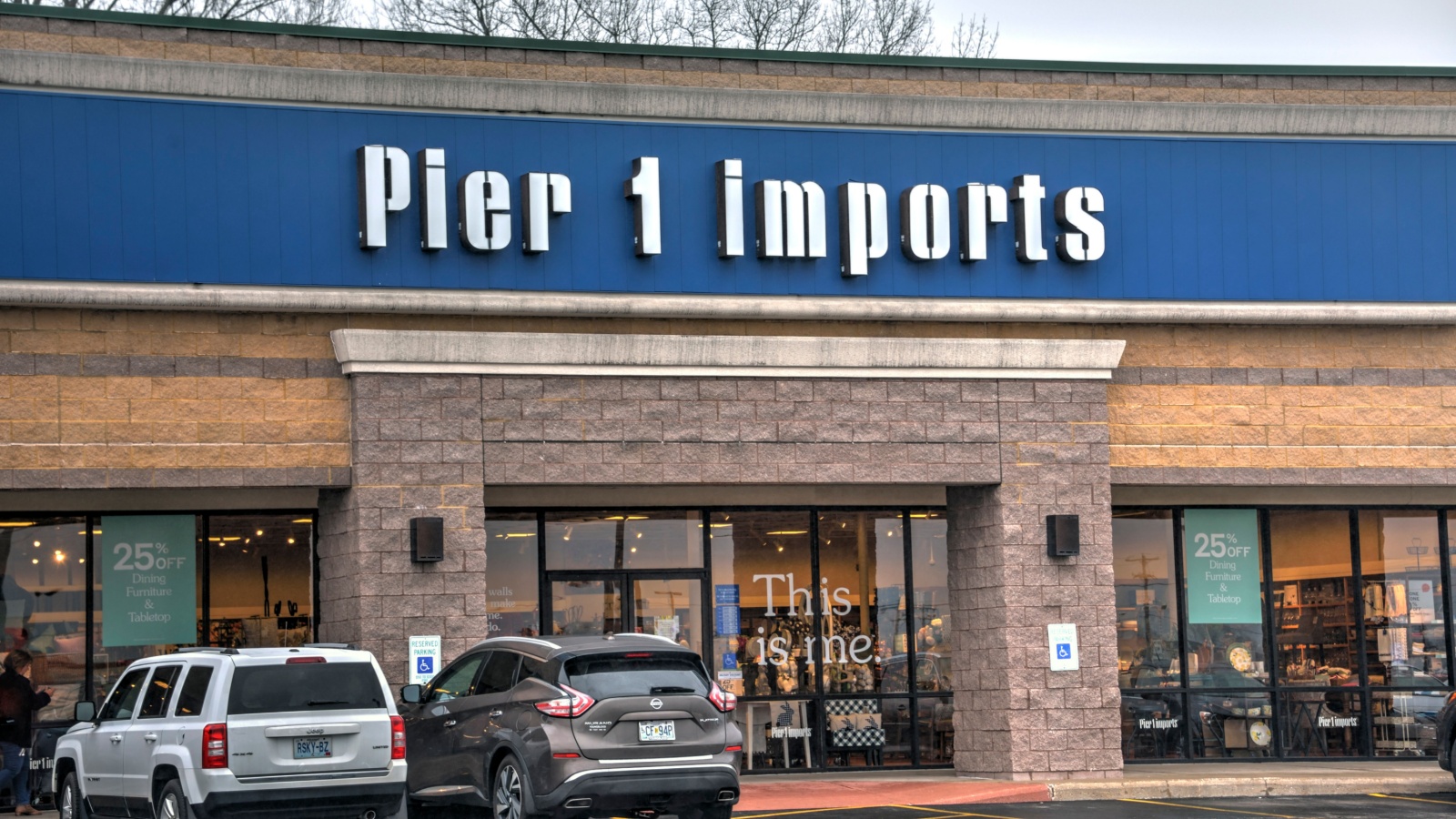
Pier 1 was the place for unique, bohemian-style furniture and home décor. Canadians loved its scented candles and quirky finds, but by 2020, the chain couldn’t compete with online retailers like Wayfair or budget-friendly stores like HomeSense. When the pandemic hit, Pier 1 announced an abrupt closure of all its stores across North America. Many locations shut within days, leaving liquidation signs where cozy displays once stood. It was a sudden end for a brand that had filled homes with personality for decades, replaced by the click-and-ship world of online décor shopping.
Future Shop

Before Best Buy dominated the electronics market, Future Shop was Canada’s tech destination. Founded in 1982, it grew rapidly and became a familiar sight in malls. In 2015, Best Buy (which owned Future Shop) abruptly decided to close all its 131 stores, converting some to Best Buy locations overnight. Employees showed up to locked doors, and shoppers were stunned. The decision was strategic, but it marked the end of a Canadian-born brand that had defined gadget shopping for decades. The speed of the closure showed how quickly corporate restructuring can erase familiar names.
Payless ShoeSource

For families looking for affordable footwear, Payless was a trusted choice for years. Its accessible prices and frequent sales made it a mall staple. However, by 2019, the brand couldn’t withstand the rise of e-commerce and changing retail habits. The Canadian division shut down almost overnight after the U.S. parent company declared bankruptcy. Stores began liquidation immediately, leaving empty shelves within weeks. Despite efforts to relaunch online, the physical stores never returned. The abrupt closure left loyal shoppers searching for affordable alternatives in a market that had outgrown traditional shoe retail.
Stitches

Stitches was once the go-to clothing store for teens and young adults who wanted trendy fashion on a budget. It dominated the 2000s mall culture with its fast-fashion appeal. But as newer brands and online platforms took over, Stitches struggled to stay relevant. By 2018, many of its locations shut down abruptly, with little notice. The brand’s sudden disappearance reflected how quickly youth trends evolve, leaving once-popular labels behind. Despite some rebranding attempts under the YM Inc. group, most Canadians remember Stitches as a symbol of their teenage years gone too soon.
Carlton Cards

Greeting cards once meant a stop at Carlton Cards, where customers browsed aisles of sentimental messages and keepsakes. But as digital communication took over, the demand for physical cards plummeted. In early 2020, Carlton Cards’ parent company, Schurman Retail Group, suddenly announced the closure of all stores. Employees and shoppers had little warning before doors were locked. While the brand’s products are still sold in other retailers, its standalone stores disappeared almost overnight. The closure marked the quiet end of a once-essential part of birthdays, holidays, and heartfelt moments.
Bombay Company
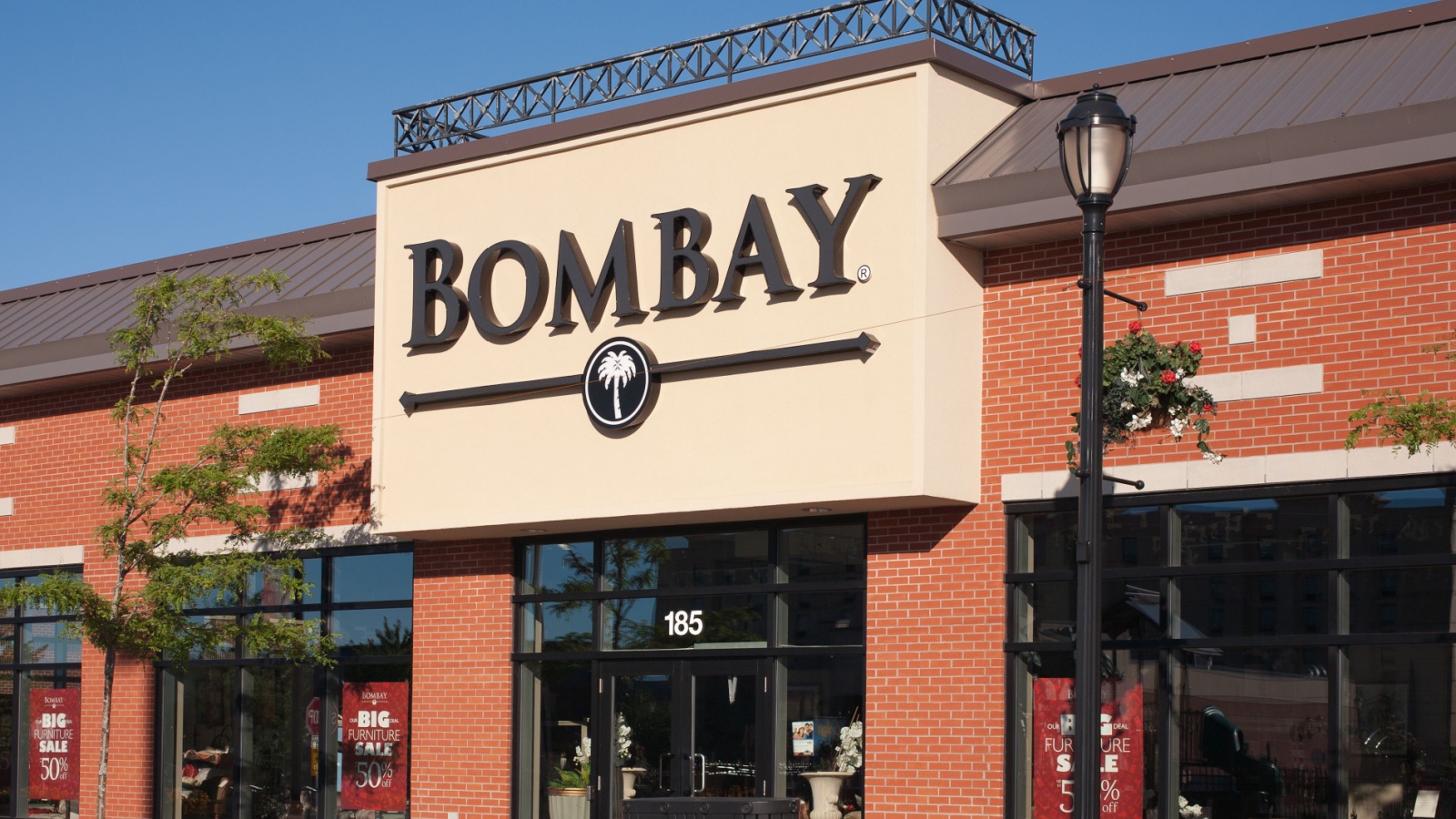
For decades, Bombay Company catered to shoppers who loved elegant home furnishings with a vintage flair. It thrived in the 1990s but struggled as tastes shifted to modern, minimalist designs. By 2007, financial strain led to an abrupt shutdown across Canada. Employees learned of closures with minimal notice, and customers rushed to grab discounted furniture. The company attempted an online comeback, but it never regained its footing. Bombay’s overnight disappearance showed that even a refined style can fall out of favor when the market moves on to something sleeker and cheaper.
Danier Leather

Danier Leather was a proudly Canadian brand that specialized in high-quality leather jackets, bags, and accessories. Known for its craftsmanship, it had a loyal following. However, luxury competitors and synthetic materials made it hard to compete. In 2016, the company filed for bankruptcy and abruptly shut down all stores. Its disappearance was felt by both fashion enthusiasts and long-time customers. A small online revival followed, but the physical stores never returned. The sudden closure ended a legacy that had once symbolized affordable Canadian luxury, leaving malls without its signature leather scent.
Aeropostale
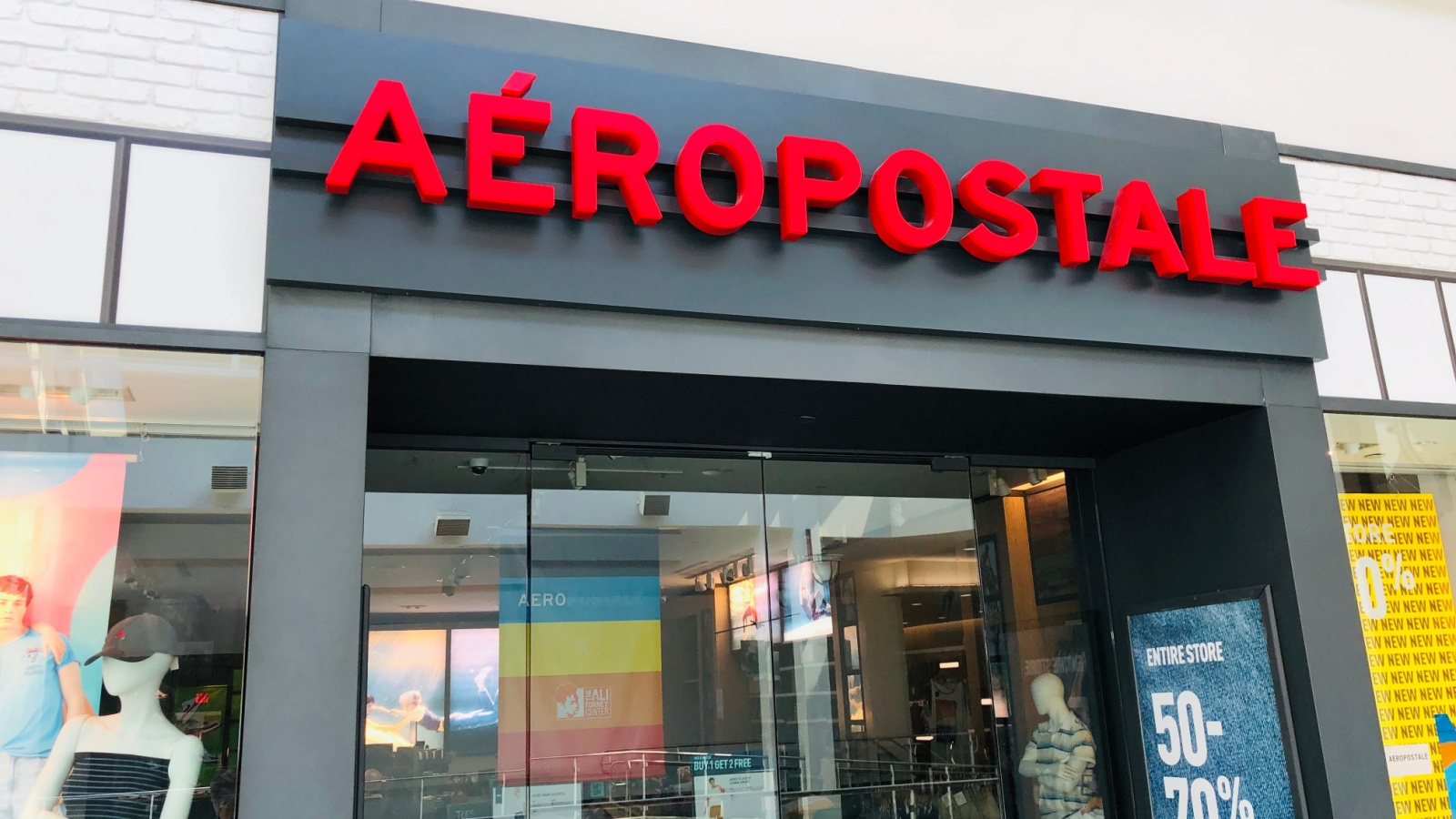
Aeropostale once dominated the teen fashion scene with its logo tees and hoodies. But changing trends and the rise of minimalist fashion brands hit it hard. In 2016, the company announced a sudden bankruptcy filing, shutting down all Canadian locations almost immediately. The abruptness left employees stunned and malls with empty spaces where loud pop music once played. While Aeropostale later revived in the U.S., its Canadian comeback never materialized. The quick shutdown showed how vulnerable mall-dependent fashion brands were to shifting youth tastes and online competition.
PayLess Furniture

Not to be confused with the shoe store, PayLess Furniture offered affordable home furnishings and quick delivery options. It thrived in suburban markets but faced tough competition from giants like IKEA and online retailers. In 2018, many stores abruptly closed after financial struggles, leaving unfulfilled orders and confused customers. The closures happened so quickly that many people found out through locked doors and taped “Closed” signs. The chain’s disappearance was another example of how price-based business models struggled when online marketplaces offered cheaper, faster options.
BiWay
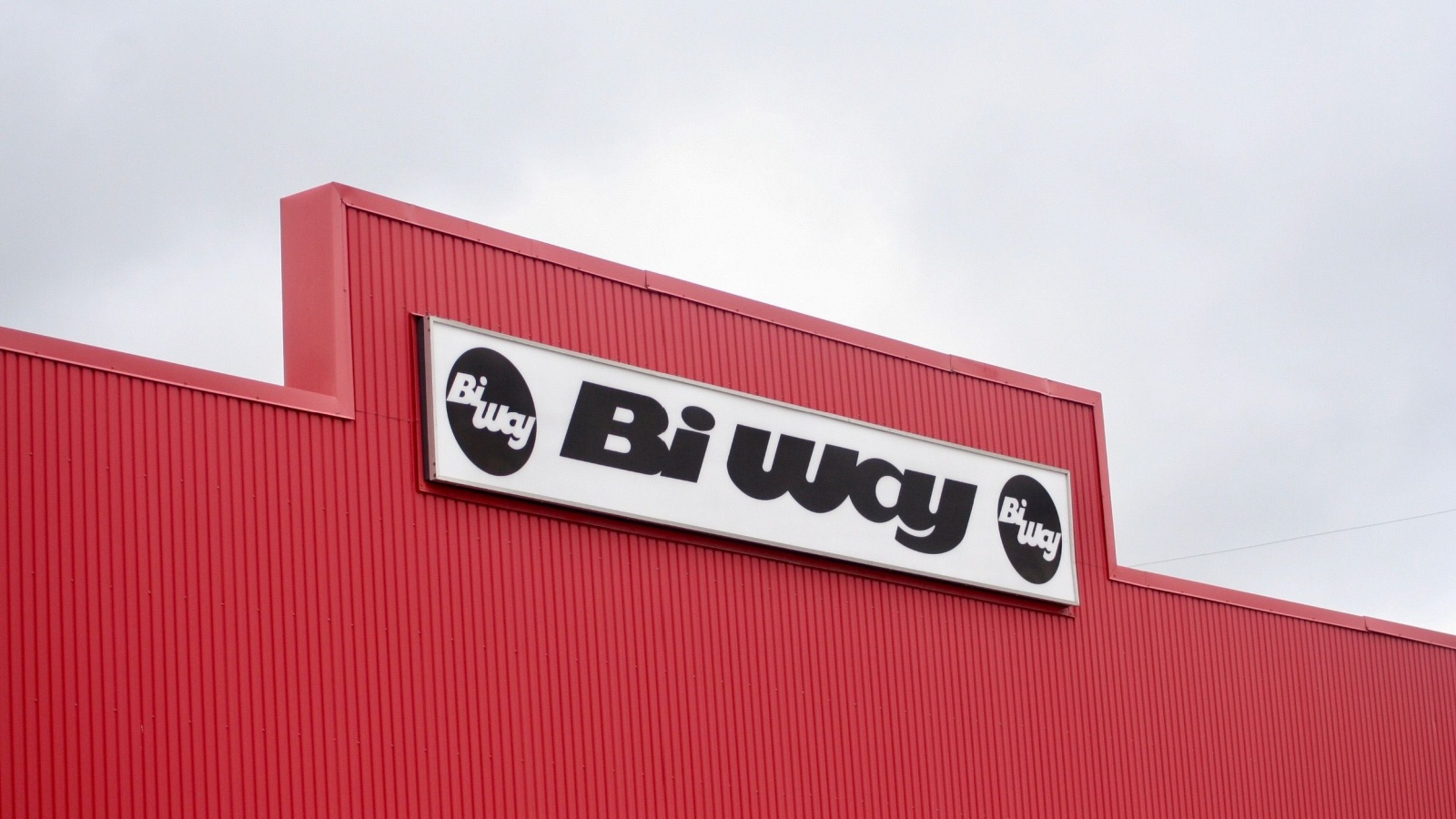
BiWay was a discount retailer that many Canadians grew up with. Known for its bright aisles and bargain deals, it operated more than 240 stores at its peak. But after years of competition from dollar stores and big-box retailers, BiWay went bankrupt in 2001. The closures were swift, with liquidation signs appearing almost overnight. Customers who depended on its low prices were left disappointed. Although there have been several announcements about BiWay’s revival over the years, none materialized fully. Its sudden disappearance remains one of the earliest signs of retail change in the 2000s.
RadioShack
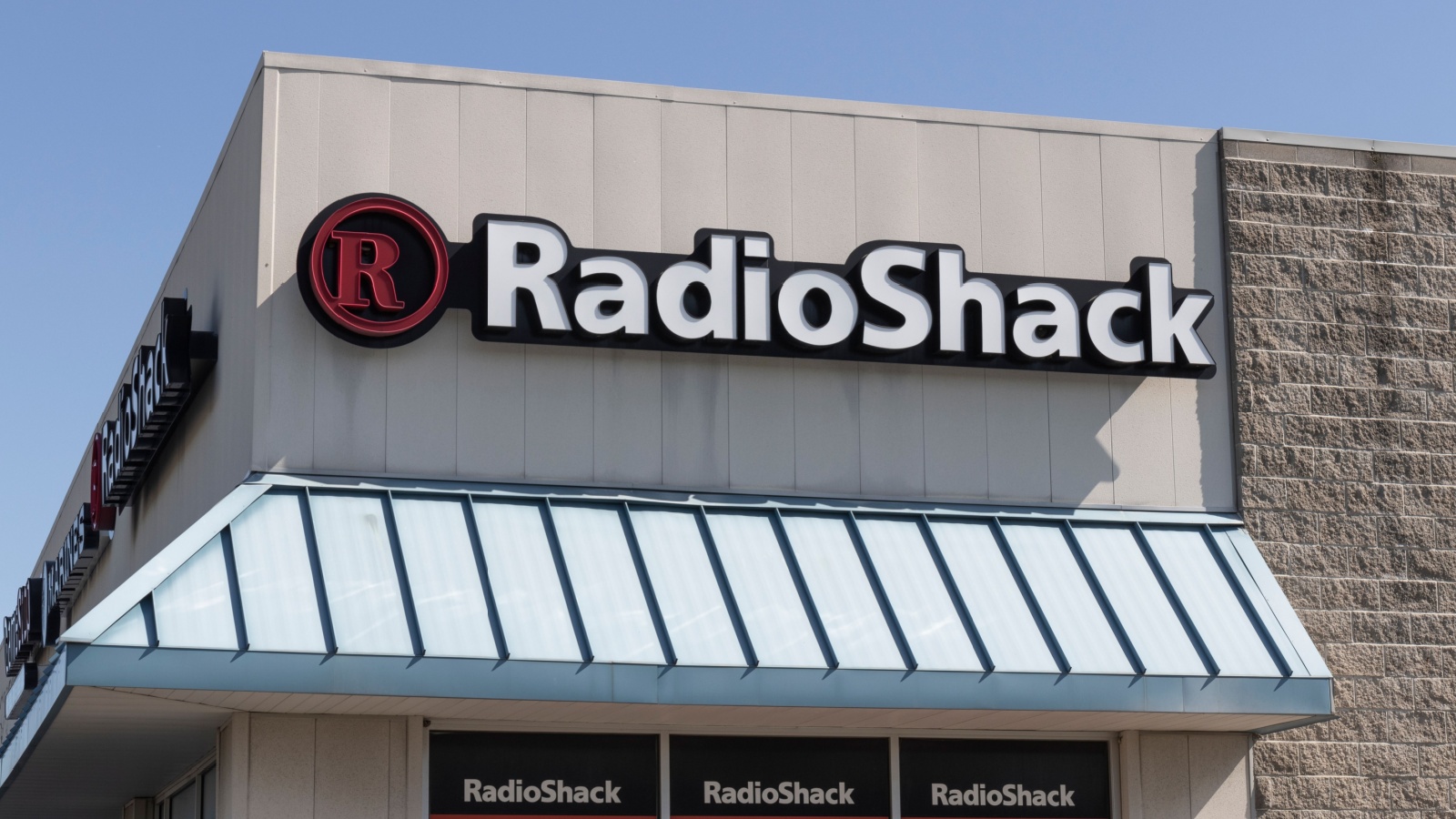
Before smartphones dominated the world, RadioShack was the go-to destination for tech enthusiasts seeking gadgets, batteries, and hard-to-find cables. Its small stores were fixtures in malls across the country. However, as technology evolved and online shopping gained popularity, sales declined. In 2017, the company’s Canadian operations abruptly ended, with many locations converted into The Source stores. Employees and customers were taken aback by the suddenness of the shutdown. RadioShack’s overnight disappearance symbolized the end of an era in which tinkering and tech curiosity thrived in brick-and-mortar spaces.
Petcetera

Petcetera was one of Canada’s earliest pet superstores, offering grooming, training, and a variety of pet products. It was successful for years but faced competition from chains like PetSmart and online sellers such as Amazon. In 2014, the company suddenly announced it was closing all stores due to financial losses. Employees were given short notice, and loyal customers rushed to stock up on supplies. Despite attempts to restructure, the brand couldn’t recover. Its overnight exit left a gap in the pet retail market that competitors quickly filled.
Smart Set

Smart Set catered to working women with affordable office wear and elegant casual clothes. For years, it was a go-to for professional wardrobes. But as competition from fast fashion and online stores intensified, the brand struggled. In 2014, parent company Reitmans abruptly announced the closure of all Smart Set locations. The shutdown was quick, surprising loyal shoppers who had depended on its affordable fashion. While Reitmans focused on other labels, Smart Set never returned. The sudden closure reflected the shrinking space for mid-priced women’s fashion in Canada.
Grand & Toy
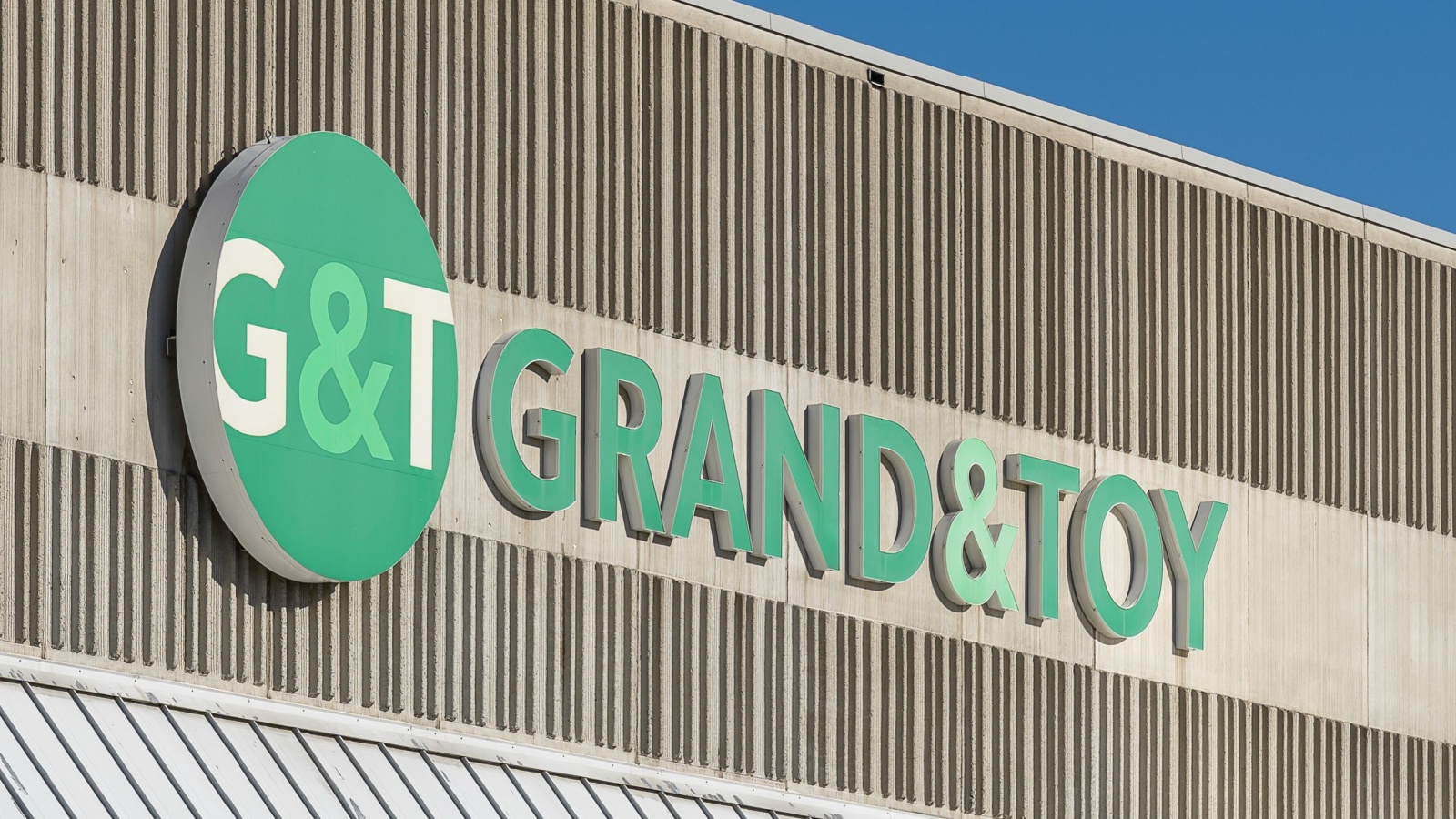
Before online ordering took over, Grand & Toy was the top destination for office supplies. It served both corporate and casual customers for decades. But as digital offices and e-commerce rose, demand plummeted. In 2014, the company abruptly announced that all retail locations would close, shifting entirely to online operations. The transition happened swiftly, catching long-time customers by surprise. Though the brand still operates digitally, its physical stores disappeared almost overnight, marking the end of the traditional office supply shop era.
Jacob Connexion

Jacob Connexion, the sister brand to Jacob, was created to appeal to younger shoppers with affordable yet stylish fashion. Despite early success, it faced intense competition and overlapping audiences with its parent brand. When Jacob declared bankruptcy in 2014, Connexion stores shut down almost simultaneously. Employees and customers received minimal notice. The sudden collapse of both brands showed how even diversifying within fashion could backfire when trends and consumer spending shift too fast.
Bowring
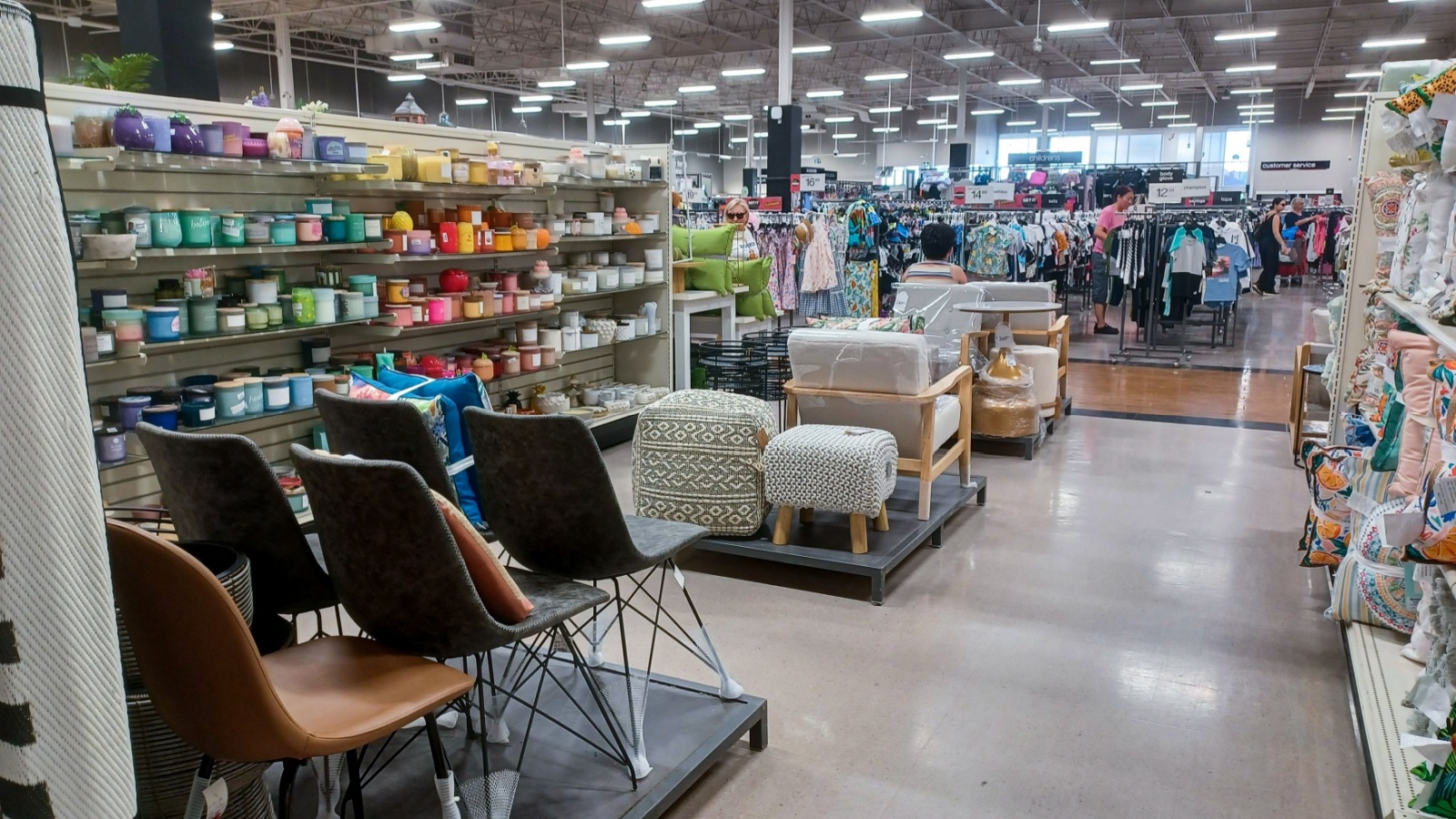
Bowring was a mainstay in Canadian malls, known for elegant home décor and gifts. Founded in 1811, it had one of the longest retail histories in the country. However, by 2019, the company faced bankruptcy and abruptly shut its stores alongside its sister chain, Bombay. Customers were taken aback by the overnight closures, and malls lost another heritage retailer. Bowring’s disappearance ended over two centuries of retail tradition, replaced by new brands that favored trend-based inventory over heritage design.
Lewiscraft
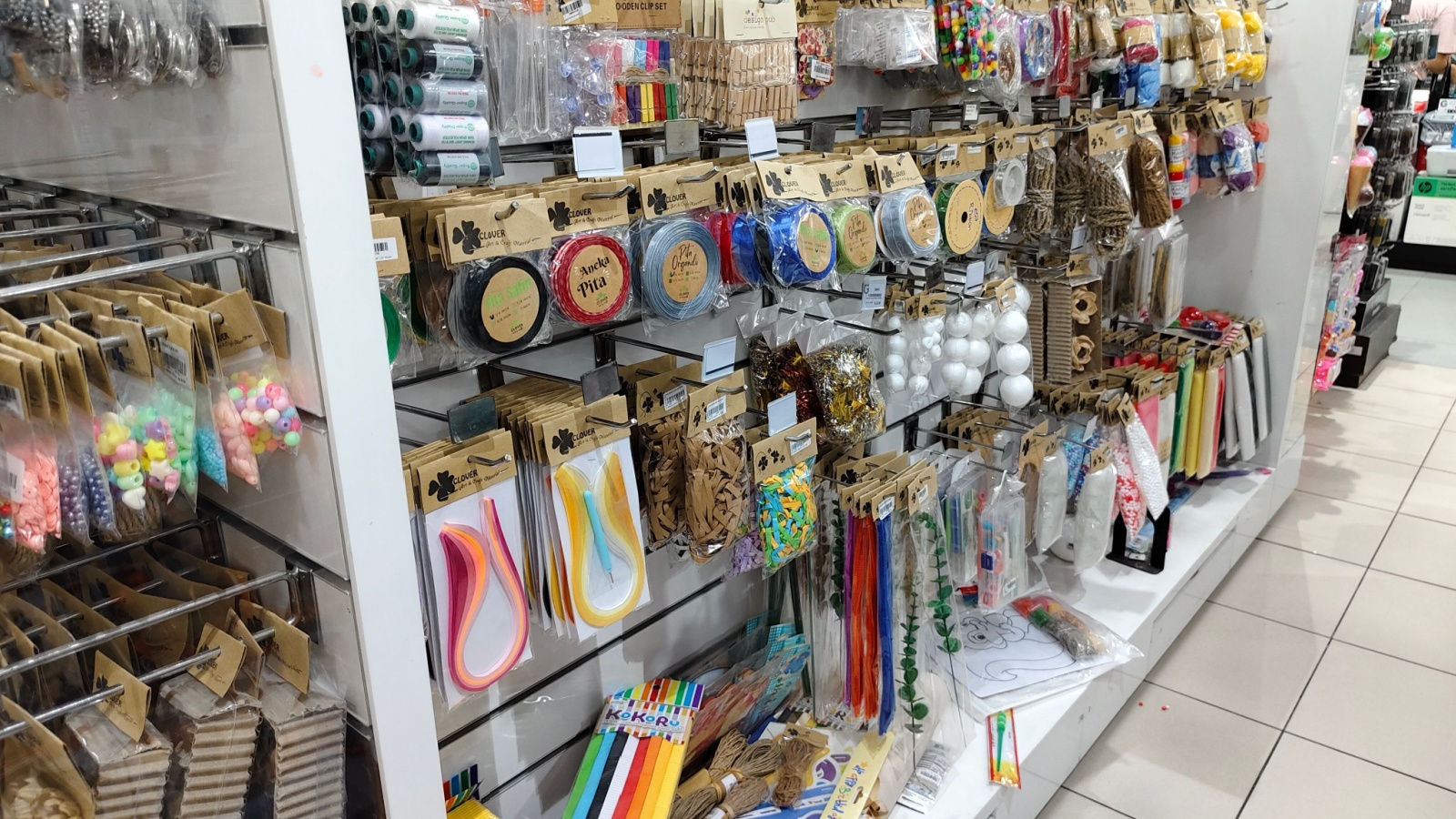
Lewiscraft was a haven for hobbyists, offering craft supplies long before DIY culture became an internet trend. It thrived through the 1980s and 1990s but struggled to compete with larger chains and online stores. In 2006, the company suddenly filed for bankruptcy and closed all 90 locations. The announcement came so abruptly that many customers didn’t realize their local store had shut until they arrived. The overnight disappearance of Lewiscraft marked the loss of a hands-on community space for crafters across Canada.
Dylex Group Chains (Thriftys, Fairweather, Braemar)
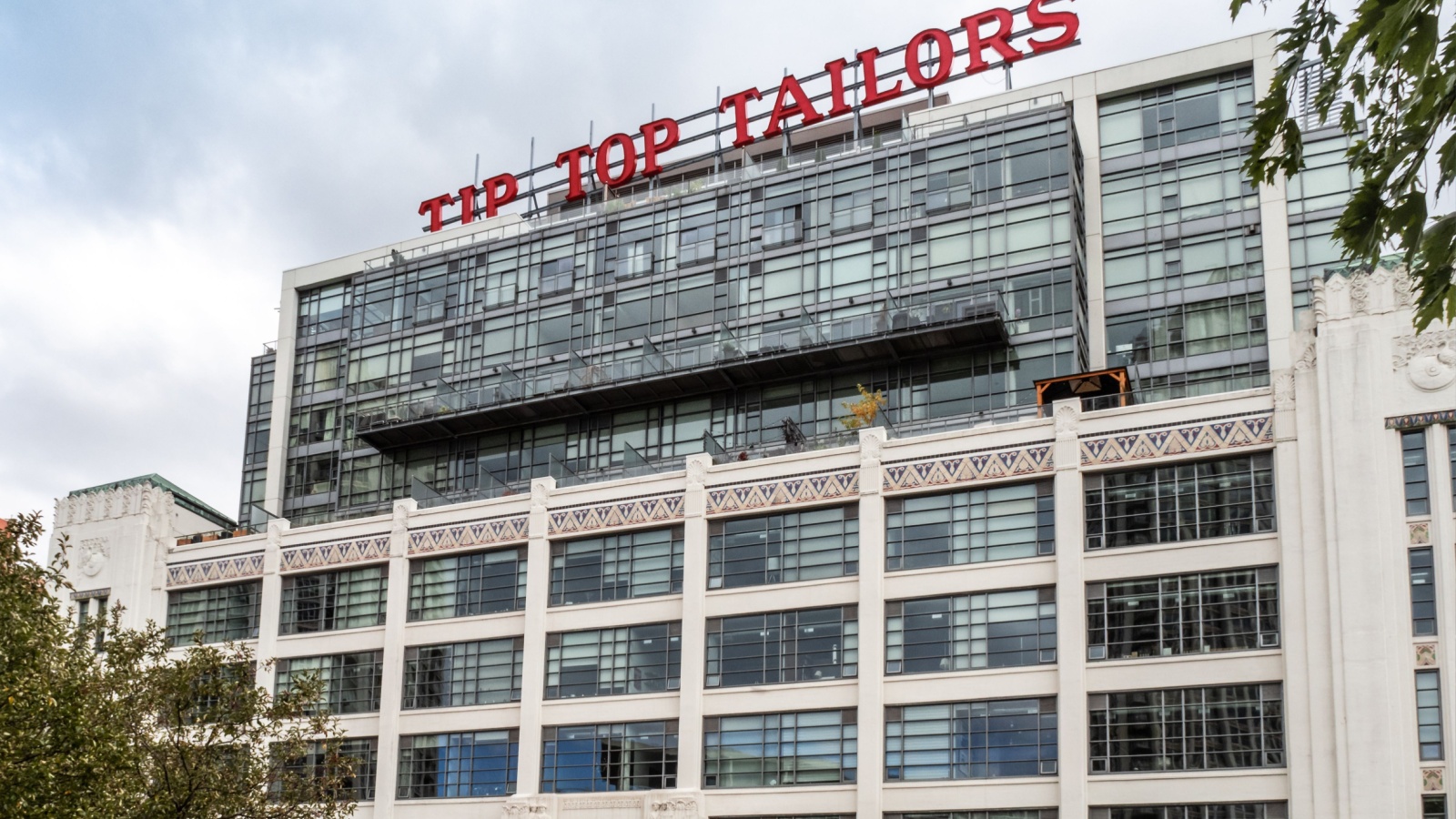
The Dylex Group once dominated Canadian fashion retail, owning several mid-range clothing brands. But mounting debt and shifting consumer habits led to the group’s collapse in the early 2000s. Overnight, many of its chains, including Thriftys and Braemar, shut down. Fairweather survived under new ownership, but the rest vanished quickly. The closures reflected the fall of traditional mall-based retail empires that once defined Canadian fashion. Dylex’s disappearance sent shockwaves through the industry and left thousands without jobs almost instantly.
XS Cargo

XS Cargo specializes in clearance items, electronics, and quirky home goods. It was beloved for its deep discounts, but inconsistent product quality and competition from dollar stores hurt sales. In 2014, the company suddenly filed for bankruptcy, shutting down all 50 locations. Employees had little warning, and customers were met with liquidation sales that ended within weeks. The overnight closure of XS Cargo showed how even discount retailers could struggle when the economy tightened and consumer habits moved online.
21 Products Canadians Should Stockpile Before Tariffs Hit

If trade tensions escalate between Canada and the U.S., everyday essentials can suddenly disappear or skyrocket in price. Products like pantry basics and tech must-haves that depend on are deeply tied to cross-border supply chains and are likely to face various kinds of disruptions
21 Products Canadians Should Stockpile Before Tariffs Hit
